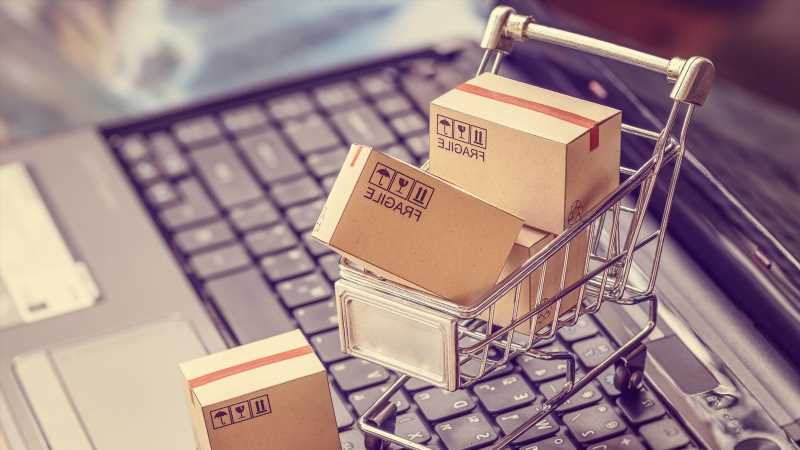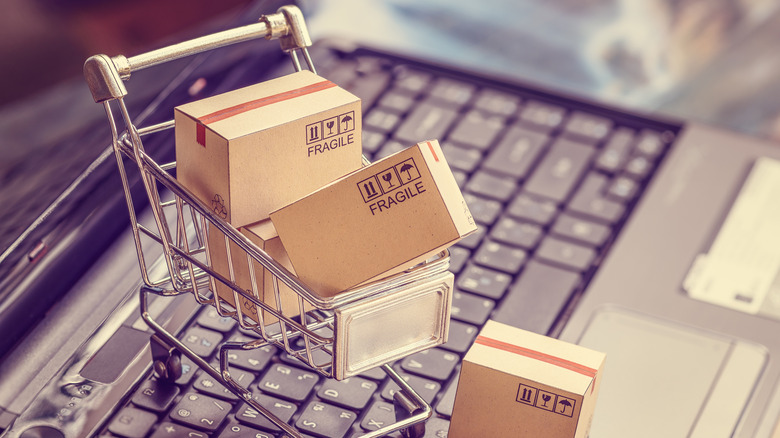With store closures and stay-at-home orders, the popularity of e-commerce rose during the pandemic. In fact, according to IBM’s U.S. Retail Index, the shift from in-person shopping to digital shopping was accelerated by about five years (via TechCrunch).
Malls, in particular, have been struggling during the time of the coronavirus, as 25% of them are expected to close in the United States over the next five years, according to a CoreSight Research report. Consumers saw big changes at stores that did keep their doors open: Sanitation efforts included hand sanitizer and disinfectant spray throughout. More contactless options emerged, such as self-checkout lanes and curbside pickup. Traffic moved down wider and/or one-way aisles. And, of course, masks have been required.
During the COVID-19 pandemic, consulting firm Oliver Wyman found that fewer visits to shops and more items bought at once/in bulk are part of everyone’s new shopping habits. Furthermore, data from McKinsey & Company points to the likelihood of these new behaviors sticking around for the future.
Expect more retail innovation, as well as for COVID-inspired shopping habits to continue
It has been over a year since the pandemic started, and now, many people are vaccinated, and many stores have reopened. In order to stay relevant and afloat, though, these businesses need to adapt to the new normal.
“In the short-term, it’s really about retailers providing customers with flexibility and convenience and ensuring that the in-store experience marries with what they are experiencing online,” said Hannah Atherden of Capgemini on the topic. Innovations like product recommendations, shopping appointments, free shipping, and customer service video chats can help incentivize in-store visits. In addition, Atherden mentioned offering events and creating experiences, as classes, workshops, and demonstrations can bring in people — including those who still may be nervous about in-person shopping (via Econsultancy).
With or without these attractive motivators, the world can still expect things like contactless and digital options, which have changed the way we shop.
Source: Read Full Article


